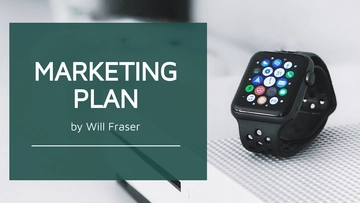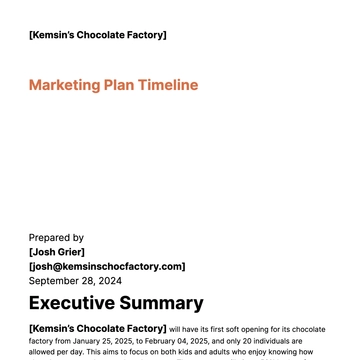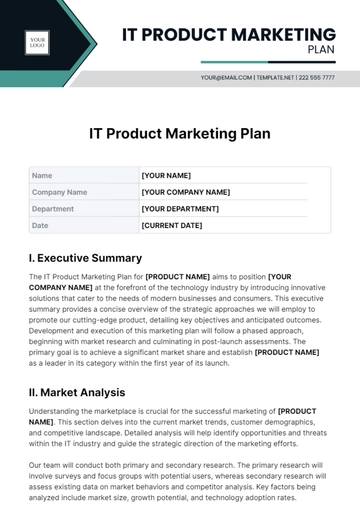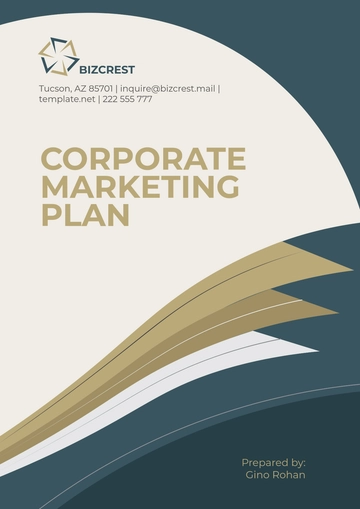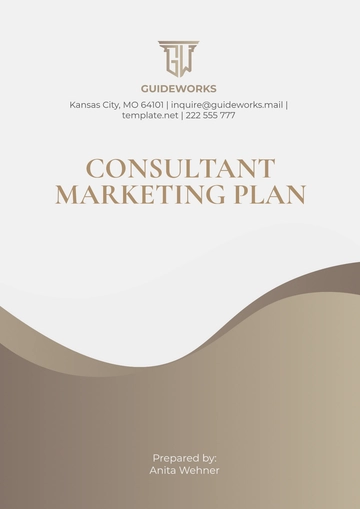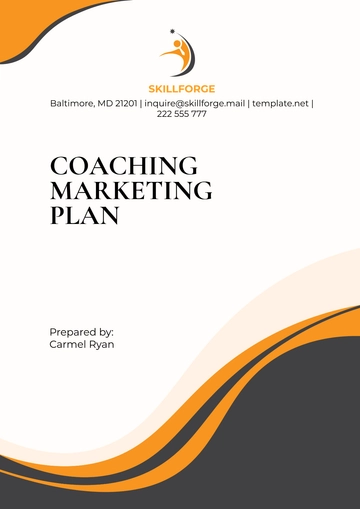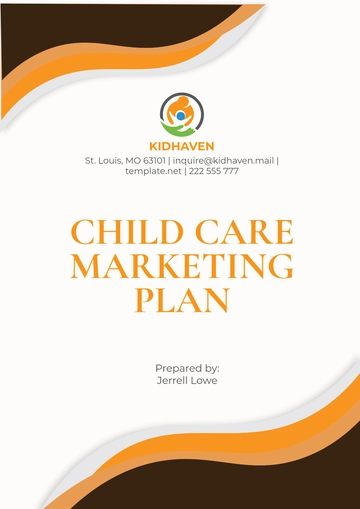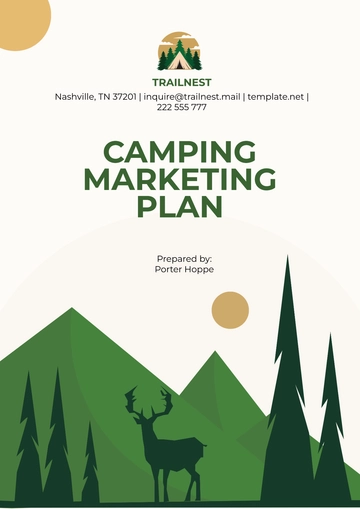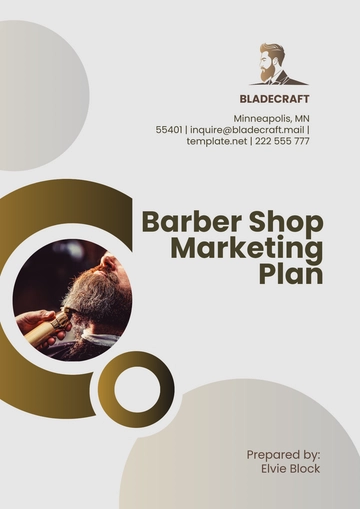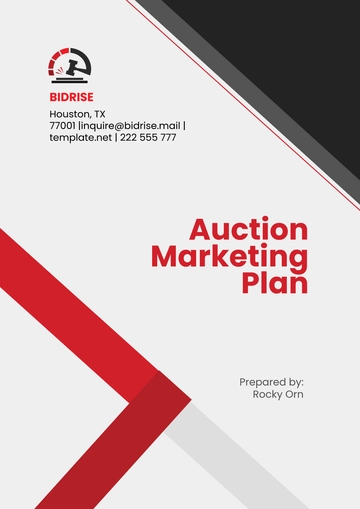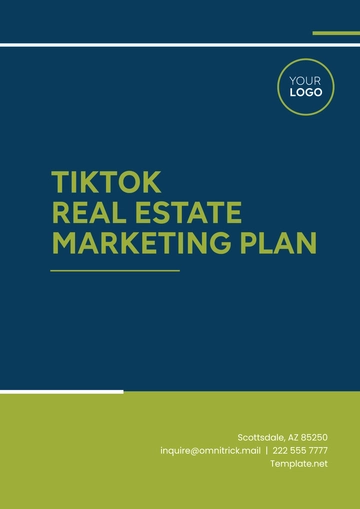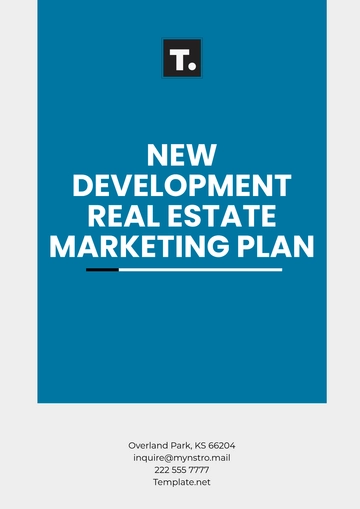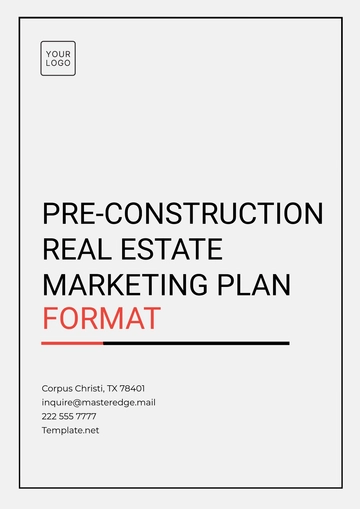Free Integrated Marketing Plan
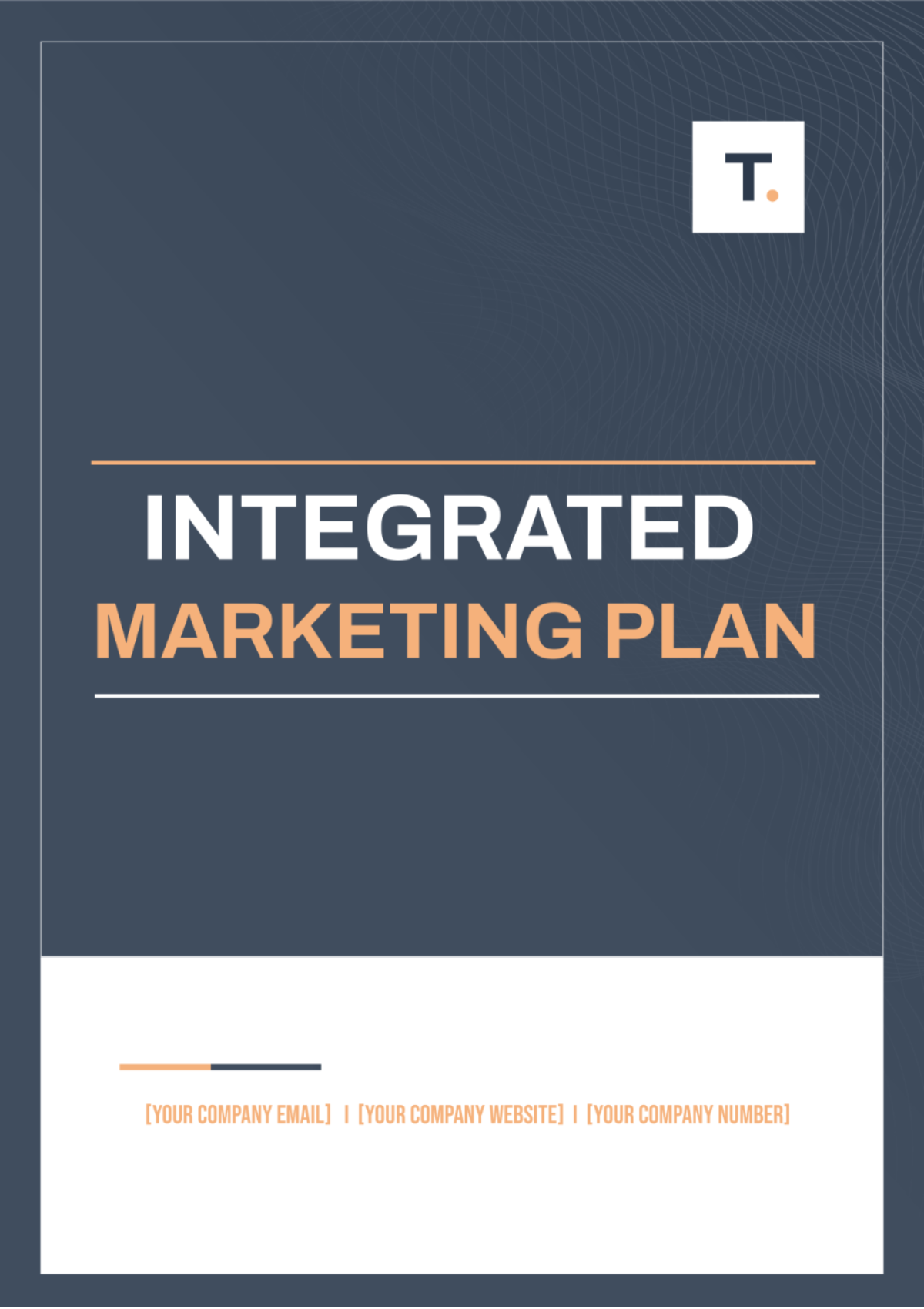
I. Executive Summary
In an era defined by fierce competition, [YOUR COMPANY NAME] recognizes the pivotal role of brand awareness in establishing market presence and fostering customer loyalty. This Integrated Marketing Plan outlines a comprehensive strategy to bolster brand recognition and visibility across multiple touchpoints.
II. Introduction
At [YOUR COMPANY NAME], we pride ourselves on our commitment to excellence and innovation. Through this Integrated Marketing Plan, we aim to elevate our brand identity and resonate with our target audience on a deeper level, ultimately driving engagement and affinity.
III. Brand Analysis
Brand Identity: [YOUR COMPANY NAME] is synonymous with quality, reliability, and customer-centricity.
Target Audience: Our core demographic includes tech-savvy millennials aged 25-35, primarily urban professionals seeking convenience and style.
Competitive Landscape: We operate in a crowded market alongside competitors such as [COMPETITOR A NAME], [COMPETITOR B NAME], and [COMPETITOR C NAME].
IV. Marketing Objectives
Increase brand awareness by 20% within the next 12 months.
Generate 500 new leads through targeted brand campaigns.
Improve brand sentiment by 15% based on customer feedback surveys.
V. Marketing Strategy
A. Brand Messaging
Craft a compelling brand narrative highlighting our commitment to innovation and customer satisfaction.
Emphasize key messages revolving around convenience, style, and cutting-edge technology.
B. Visual Identity
Ensure consistency in branding elements, including logo, color scheme, and typography, across all marketing materials.
Develop visually appealing content that resonates with our target audience's aesthetic preferences.
C. Content Marketing
Produce engaging and informative content, including blog articles, product videos, and user-generated content.
Distribute content across owned channels (website, blog) and social media platforms (Instagram, YouTube) to maximize reach and engagement.
D. Social Media Marketing
Leverage social media platforms to amplify brand messaging and foster community engagement.
Implement targeted advertising campaigns to reach specific audience segments based on demographics and interests.
E. Influencer Partnerships
Identify and collaborate with influencers whose values align with our brand ethos and target audience.
Engage influencers to create authentic content and endorse our products to their followers.
VI. Implementation Plan
A. Timeline
Quarter | Description |
|---|---|
Q1 | Develop Brand Messaging and Visual Identity Guidelines |
Q2 | Create a Content Calendar and Initiate a Social Media Strategy |
Q3 | Launch Influencer Partnerships and Brand Awareness Campaigns |
Q4 | Monitor Performance Metrics and Fine-tune Strategies |
B. Budget Allocation
Allocation | Budget |
|---|---|
Brand Messaging | $10,000 |
Content Creation | $15,000 |
Social Media Advertising | $20,000 |
Influencer Partnerships | $25,000 |
Miscellaneous | $5,000 |
VII. Measurement and Evaluation
Track key performance indicators (KPIs) such as website traffic, social media engagement, and brand mentions to assess campaign effectiveness.
Conduct customer surveys and sentiment analysis to gauge brand perception and sentiment.
Utilize data analytics to refine marketing strategies and optimize campaign performance.
VIII. Conclusion
Through the implementation of this Integrated Marketing Plan, [YOUR COMPANY NAME] aims to strengthen its brand presence and resonate with target customers on a deeper level. By delivering compelling content and engaging experiences, we are confident in achieving our brand awareness objectives and driving long-term success.
- 100% Customizable, free editor
- Access 1 Million+ Templates, photo’s & graphics
- Download or share as a template
- Click and replace photos, graphics, text, backgrounds
- Resize, crop, AI write & more
- Access advanced editor
Enhance your marketing strategy effortlessly with our Integrated Marketing Plan Template from Template.net. Crafted for versatility, this customizable and editable template empowers you to tailor your plan with ease. Leverage the included AI Editor Tool to streamline your workflow and create impactful strategies. Elevate your marketing game and achieve your goals efficiently.
